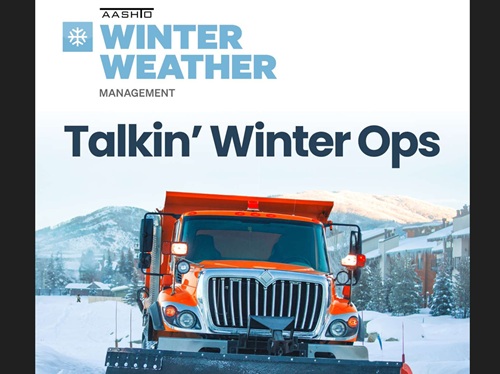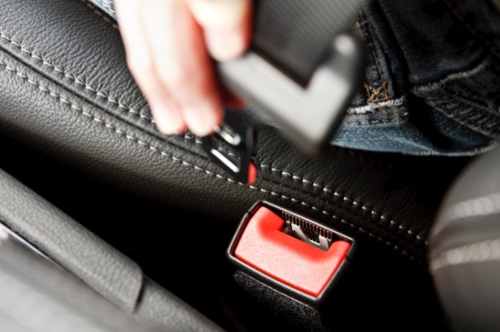The National Highway Traffic Safety Administration kicked off its annual “Click It or Ticket” national seat belt awareness and enforcement campaign November 9.
[Above photo via AAA]
The agency said its 2020 push combines an $8 million public awareness advertising campaign on television, radio, web, and social media in both English and Spanish that will run from November 9-29, combined with a national enforcement effort from November 16-29.

NHTSA added that its national campaign’s seatbelt enforcement effort begins with a “Border 2 Border” initiative on November 16: a one-day national seat belt awareness event coordinated with state departments of transportation and other state safety agencies.
“Seat belts save lives – but only if they’re worn,” explained James Owens, NHTSA deputy administrator, in a statement. “’Click It or Ticket’ reminds everyone to wear their seat belt every trip, every time, and officers will be patrolling our roads to enforce these lifesaving laws.”
According to the agency’s vehicle crash data, in 2017, seat belts saved an estimated 14,955 lives. Meanwhile, from 2013 to 2017, seat belts saved almost 70,000 lives.

NHTSA added that in 2018, nearly half of the 22,697 passenger vehicle occupants killed in crashes were unbuckled, with 52 percent of the male passenger vehicle occupants killed not wearing a seat belt, as compared to 39 percent of women.
According to the National Occupant Protection Use Survey, seat belt use continued to be lower for males (87.7 percent) than females (92 percent) in 2018.
Among young adults 18 to 34 killed in crashes in 2018, NHTSA data indicates 58 percent were completely unrestrained – one of the highest percentages for all age groups.

NHTSA is also launching two other safety-focused efforts as well via Federal Register notices.
The first, issued on November 10, seeks approval to collect information from a random sample of adults (18 years or older) who have driven a motor vehicle in the past month for a one-time voluntary survey to report their knowledge, attitudes, and behaviors associated with drowsy driving.
The agency eventually seeks to contact 81,490 households to achieve a total target of at least 15,000 complete voluntary responses for this survey, focusing in particular on four states – Arkansas, Iowa, Massachusetts, and New Jersey – that recently passed drowsy driving laws or initiative’s anti-drowsy driving programs.
The second, issued on November 12, is a request for information so NHTSA can “better understand” impaired driving detection and mitigation technologies – particularly those targeting alcohol-impaired driving.
 Nation
Nation
The Stream by AASHTO: Electrified Roadway Testing
December 5, 2025 Nation
Nation

